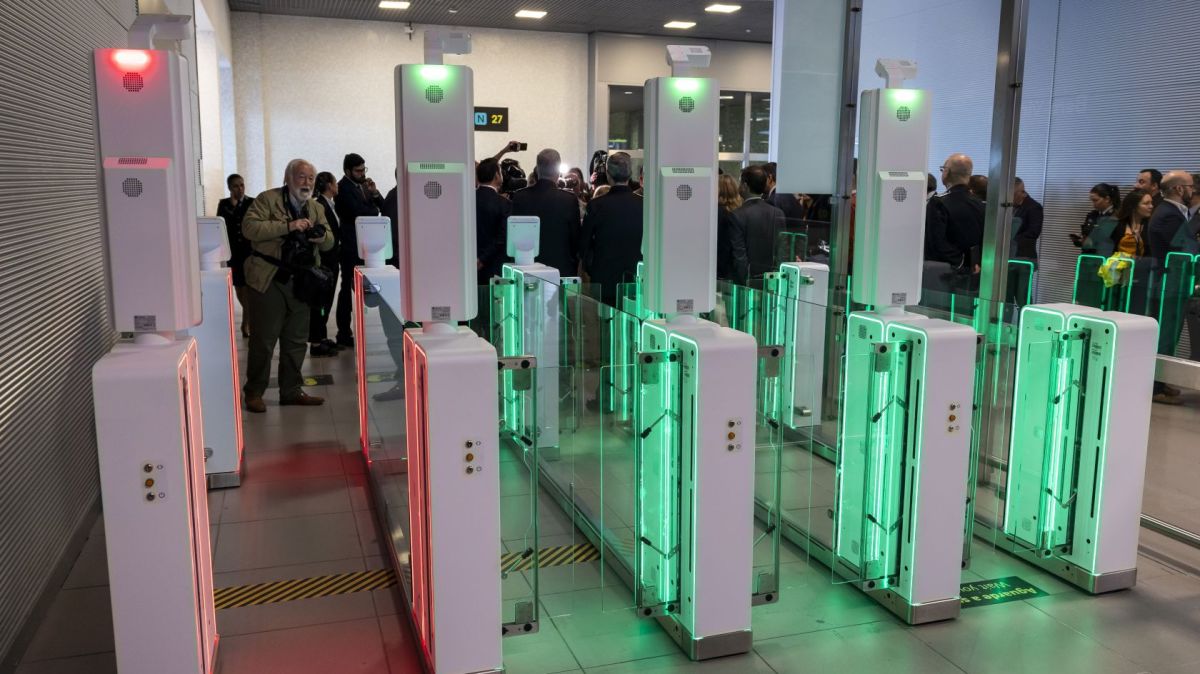One source told Lusa that this process began a few months ago, marking the second time this year that Microsoft Portugal has laid off a large number of employees.
Another source stated that the process involved a mass layoff involving 68 people, with positions being eliminated for customer account managers, cloud solution architects (specialists in cloud solutions for companies), and FastTrack teams (who help customers implement and make the most of Microsoft solutions).
Contacted by Lusa, the recently established Microsoft Portugal Workers' Commission (CT) referred clarifications to the company, as it is covered by a confidentiality agreement.
An official source from the multinational responded to Lusa that Microsoft is, globally, "implementing necessary organizational changes to better position the company for success in a dynamic market," reiterating the statement it has been making for several months.
Headquartered in Seattle, in the United States, Microsoft has been making several layoffs.
The most recent round of departures, the second in as many months, was announced in early July, affecting thousands of employees across various teams globally, including in sales and the Xbox video game division.
Microsoft began sending out layoff notices on July 2nd, but in a statement, declined to specify the exact number of employees covered. It only indicated that the cuts represent less than 4% of the workforce it had a year ago.
According to data released in June of last year, Microsoft employed approximately 228,000 full-time workers, so the reduction announced in July may have affected close to 9,000 people.
However, it was unclear whether the July cuts included the approximately 6,000 workers already laid off in a previous job opening announced two months earlier, in May.
These rounds of cuts come as several technology companies continue to adjust their structures following heavy investment and hiring during the pandemic years.
Microsoft, in particular, has been under pressure in recent years to control costs, amid high spending on data centers that power artificial intelligence and cloud computing services.












